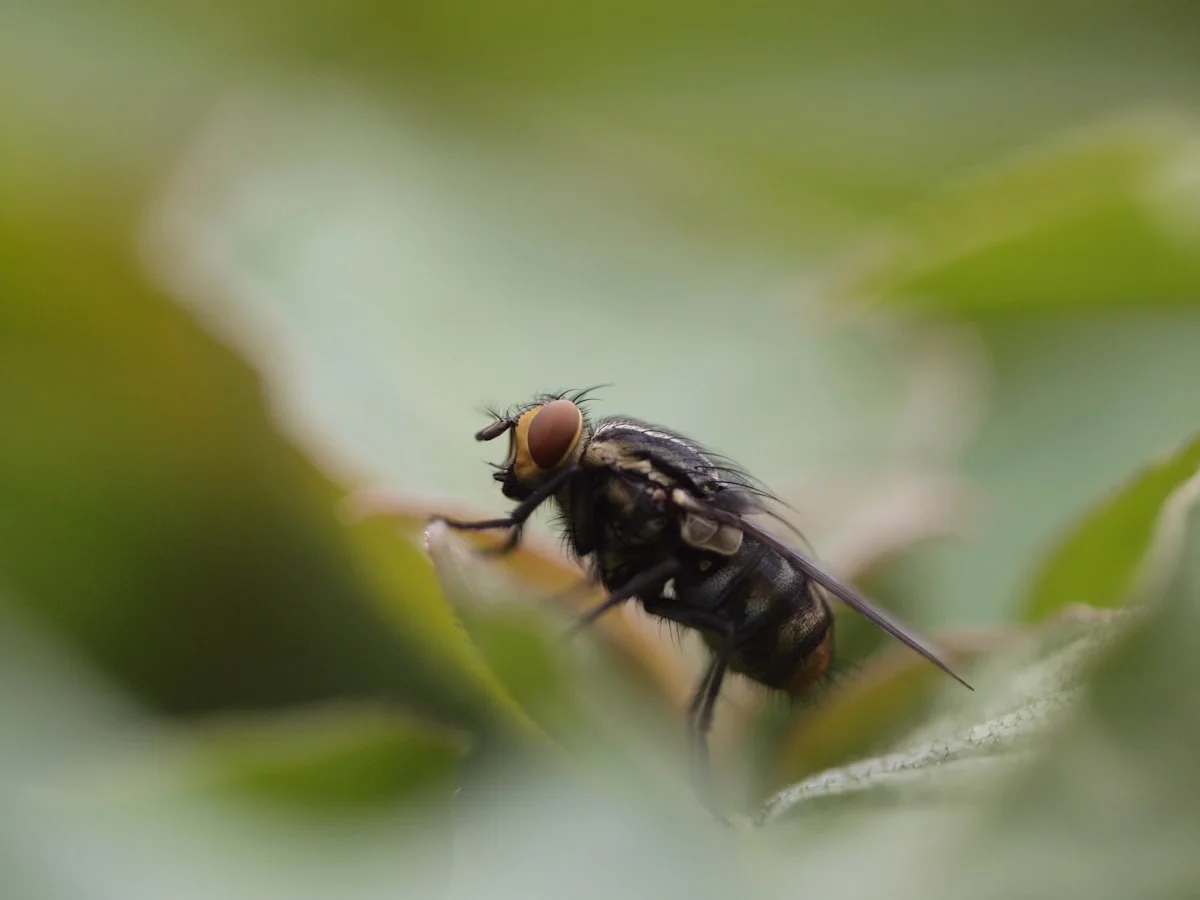Natural Pest Control: Effective and Eco-Friendly Solutions for 2025
As awareness of environmental sustainability grows, more homeowners and gardeners are turning to natural pest control methods to protect their spaces without harmful chemicals. Natural pest control relies on eco-friendly solutions that deter pests while keeping your family, pets, and the planet safe. In this guide, we’ll explore the most effective natural pest control strategies for 2025, backed by science and practical experience.
Why Choose Natural Pest Control?
Traditional pesticides often contain toxic chemicals that can harm beneficial insects, contaminate soil, and pose health risks to humans and animals. In contrast, natural pest control methods use organic, non-toxic ingredients to repel or eliminate pests. These solutions are not only safer but also sustainable, reducing the environmental footprint of pest management. By adopting these practices, you can maintain a healthy garden or home without compromising safety.
Essential Oils for Pest Repellent
Essential oils have gained popularity as a powerful tool in natural pest control. Oils like peppermint, eucalyptus, and tea tree are known for their insect-repelling properties. For example, a mixture of water and peppermint oil can deter ants and spiders when sprayed around entry points. Similarly, lavender oil can keep mosquitoes at bay, making it a great addition to outdoor gatherings. These oils are safe for humans and pets when used correctly, offering a pleasant-smelling alternative to chemical sprays.
Beneficial Insects: Nature’s Pest Controllers
Introducing beneficial insects into your garden is a proven natural pest control strategy. Ladybugs, lacewings, and parasitic wasps prey on common pests like aphids and caterpillars, reducing the need for chemical interventions. You can attract these helpful predators by planting nectar-rich flowers or purchasing them from reputable suppliers. This method not only controls pests but also promotes biodiversity, creating a balanced ecosystem in your backyard.
Diatomaceous Earth: A Non-Toxic Barrier
Diatomaceous earth (DE) is a fine powder made from fossilized algae that works as a mechanical pesticide. When pests like ants, fleas, or bed bugs come into contact with DE, it damages their exoskeletons, leading to dehydration. Unlike chemical pesticides, DE is non-toxic to humans and pets, making it a safe choice for indoor and outdoor use. Simply sprinkle it around problem areas, such as garden beds or entry points, to create an effective barrier.
Companion Planting for Pest Prevention
Companion planting is an age-old natural pest control technique that involves growing certain plants together to deter pests. For instance, marigolds emit a scent that repels nematodes and aphids, making them ideal companions for tomatoes and cucumbers. Similarly, basil planted near tomatoes can ward off whiteflies and mosquitoes. This method not only minimizes pest issues but also enhances soil health and crop yields, offering multiple benefits for organic gardeners.
Homemade Pest Control Sprays
Simple homemade sprays can be highly effective in managing pests without chemicals. A garlic and chili spray, for example, can deter soft-bodied insects like aphids and caterpillars. To make it, blend garlic cloves and chili peppers with water, strain the mixture, and spray it on affected plants. Another option is a soap spray, which suffocates pests like mites and whiteflies. These DIY solutions are cost-effective, easy to prepare, and free from synthetic additives.
Physical Barriers and Traps
Physical barriers are a straightforward yet efficient natural pest control method. Row covers, for example, protect plants from flying insects while allowing sunlight and water to pass through. Sticky traps can capture pests like fruit flies and gnats without chemicals. Copper tape around planters deters slugs and snails by creating a mild electric charge. These solutions provide immediate protection without harming the environment.
Maintaining a Clean Environment
Prevention is a cornerstone of natural pest control. Keeping your home and garden clean reduces the likelihood of infestations. Regularly remove standing water to prevent mosquito breeding, store food in sealed containers to avoid attracting ants, and clear debris where pests might hide. By maintaining cleanliness, you minimize the conditions that pests thrive in, reducing the need for interventions.
The Future of Natural Pest Control in 2025
As we move into 2025, advancements in natural pest control continue to emerge. Researchers are exploring plant-based biopesticides and microbial solutions that target pests without harming beneficial organisms. Innovations like pheromone traps and ultrasonic repellents are also gaining traction. By staying informed about these developments, you can adopt the most effective and sustainable methods for pest management.
Final Thoughts on Natural Pest Control
Switching to natural pest control methods is a smart choice for health-conscious and eco-friendly households. From essential oils and beneficial insects to homemade sprays and physical barriers, these solutions offer effective alternatives to chemical pesticides. By integrating these practices into your routine, you can protect your home and garden while contributing to a healthier planet. Start implementing these strategies today and enjoy a pest-free environment in 2025 and beyond.

